What types are there?
Marble in the interior can be real and imitated. Consider the features of each type, the pros and cons of using.
Natural marble
Natural marble is produced in the form of plates, slabs, slabs of various sizes, as well as marble chips. By mixing it with polyester resin, you can get sturdy countertop for any purpose. Deserves special attention flexible stone: modern material for decoration, which is the thinnest cut of stone, glued to a flexible base.
Another release option is in the form of ready-to-use products: marble countertops, wall tiles, floor tiles, mosaics, and a sink. Of advantages natural material is distinguished:
- strength and durability (service life over 100 years);
- hygiene (bacteria, fungi, mold do not live on the surface);
- resistance to high temperatures;
- beautiful appearance.
Among disadvantages in addition to the high cost - the complexity of processing. It is almost impossible to make a product from this stone on your own.
Imitation marble
Imitation stone is produced in completely different formats and materials. General advantages "Fakes":
- Various colors... In addition to natural natural tones, it can be quite unusual: pink, burgundy, blue.
- Ease of processing... PVC is cut with an ordinary knife, tiles with a special one - but you can even put it on the walls or floor with your own hands.
- Profitable price... Any material that imitates texture is cheaper than the original. Therefore, the decision to add marble to the interior is inexpensive.
Ceramic tiles and porcelain stoneware
Decorating premises with marbled tiles is a classic solution that will take root in any interior and fit into any budget. In hardware stores, there are many options for decorative coatings: from economy to luxury class.
Compared to natural white marble, tiles are less durable - but their durability is often more than enough for living spaces. Another drawback is the seams between the elements of porcelain stoneware or tiles. But if the work is done with high quality, they should not be conspicuous.
In the photo, light porcelain stoneware on the walls and floor
Decorative plaster
Surprisingly, this wall material is rarely used: glossy Venetian plaster - seamless, durable, has an unsurpassed visual resemblance to natural marble.
But a professional needs to trust the imitation of marble in the interior with the help of plaster: only a worker with extensive experience will be able to create a unique accent wall.
Wallpaper
The easiest way to fit a stone into the interior of a living room is with the help of wallpaper: high-quality gluing joint to joint will allow you to create a seamless surface in the right place. Wallpaper can be either standard: non-woven or vinyl, or self-adhesive. The latter are not afraid of water, easy to clean.
PVC panels
Low-cost plastic panels are hardly associated with the concept of "luxury" inherent in marble. But if the task is to arrange a bathroom on a budget - perfect! You can find various shades on sale: pink, blue, beige gray. As well as textures: imitation of tiles, sheet stone, etc.
On the picture bathroom interior with PVC panels marble tiles
Laminate
This material mainly imitates wood, but expensive stone textures can also be found in the manufacturers' collections. For example, Quick Step's selection of Impressive Patterns featuring marble tiles.
Linoleum
Rolled marble flooring is even less common than laminate flooring. Dark color options are available in stores, mainly in commercial classes. marble is very popular in office and commercial premises.
MDF panels
Wall panels - ready-made option for finishing kitchen apron and other vertical surfaces. Most manufacturers produce the same motifs on panels and countertops, so when ordering a kitchen, you will not have any problems with the fact that one surface does not fit the other.
What color is it?
Most often seen use of white marble in the interior. A light base, gray streaks - this is exactly what appears with the word "marble" in the first place.
Pictured is a white marble staircase
Second most popular - beige... Looks more gentle in comparison with the first option, creates a warmer atmosphere. The fact is that the high temperature of the shade extinguishes the coldness of the stone.
Closes TOP-3 the black marble. The dark shade helps in creating interesting compositions: it goes well with both light stone and other textures.
Less popular, but therefore more exclusive, are color solutions. Green is associated with malachite, and also cabinets in classic style... Brown is a warm black that goes well with beige. Blue, pink, burgundy, lilac are used to highlight accents.
What can be finished?
Marble in interior on the floor - a sign of good taste, high income. Looks stylish, can be combined with any materials, does not go out of style. In the kitchen, bathroom, hallway, it is better to lay natural stone, tiles, porcelain stoneware. There is enough laminate and linoleum in living rooms, bedrooms, corridors.
Pictured is a marble tile floor in the kitchen
The marbled walls are good not only in the bathrooms: the marble TV section in the living room is appropriate not only in the Baroque style, but also in the modern interior.
Zoning space, it is not necessary to make tall static screens invisible (made of glass) or adjust to the finish of the rest of the walls. Highlight with marble if you want to draw attention to the partition.
Column - such an architectural element also does not have to be hidden: put it in the foreground, covering it with marble tiles and additionally highlighting it.
Another architectural detail - niche requires special attention: in order to beat the recess in the interior, take the imitation of marble as a basis: lighting is laid inside or shelves are installed.
In private houses, the fireplace is considered the central element of the living room, so it should be not only functional, but also beautiful. Order a marble structure or stone a ready-made one.
Arches, thresholds, boxes do not have to be wooden: in some styles, marble will be more appropriate for doorways.
To make an interior highlight from ordinary window or door slopes, marble trim will help: for this, MDF panels, tiles, flexible stone are best suited.
Dear marble windowsill does not require additional decoration: you can even refuse curtains so as not to overlap this luxurious interior element.
Protection against splashes of water and grease, as well as a stylish appearance of the kitchen set, will provide a marble apron. To implement the idea, tiles, porcelain stoneware, MDF panels are suitable.
What kind of furniture, decor, and other home furnishings do they make?
Most often, a layer of natural or artificial stone replaces the countertop: in the kitchen, in the work area, dining table, coffee table, console in the hallway. The stone is characterized by strength and ease of maintenance, therefore, it is irreplaceable as a table base.
Less commonly, marble is used for furniture facades - but we have to admit that cabinets with "marble" doors look impressive!
Vases, pots, figurines and other small marble pieces are the perfect accent for any space.
If there are no free horizontal surfaces, marble decor is hung on the wall: in the form of clocks, picture frames or mirrors, panels.
What is marble combined with?
When creating a design "for the ages", combine the marble pattern with tree: this duo will never go out of style.
In bathrooms, symbiosis with fine glass mosaic.
Variations of gray marble in the interior create harmonious combinations with metal: chrome plumbing or gold decor will make the stone play in a new way.
The industrial style offers an original symbiosis with concrete, and so that the steam does not seem too cold, it is diluted with wood.
In the photo, a combination of black stone with wood and concrete
What style can you use?
Initially, marble was considered an element of exclusively palace styles: baroque, art deco, classic.
Today he found his place in minimalism, advanced high-tech and even eastern wabi-sabi.
But you can find marble details anywhere. Designs in neoclassical style, scandi, modern, loft, often provide marble floors, walls in bathrooms or countertops.
How does it look in the interior of the rooms?
Most habitual to see marble in bathroomsbut the decoration of other rooms also welcomes this stuff.
In the interior of the kitchen, the floor, an apron are laid out in marble, and countertops are made. It is better to choose natural stone for the working area - it has bactericidal properties, is not afraid of high temperatures.
Since stone in a living room with a lot of textiles is rather an exception, it is used as an accent. Applications: wall behind the TV, coffee table, partitions, columns, window sills.
Marble tiles on the floor make it easier to clean the entrance door area, wall decoration prolongs the life of the hallway after renovation.
Marble window sills will serve for many years even on cold, non-insulated loggias! Are you going to insulate? Place marble stoneware on the warm floor.
Marble is a versatile material! Depending on the color, texture and application, it can fit into completely different styles and spaces.


 10 practical tips for arranging a small kitchen in the country
10 practical tips for arranging a small kitchen in the country
 12 simple ideas for a small garden that will make it visually spacious
12 simple ideas for a small garden that will make it visually spacious
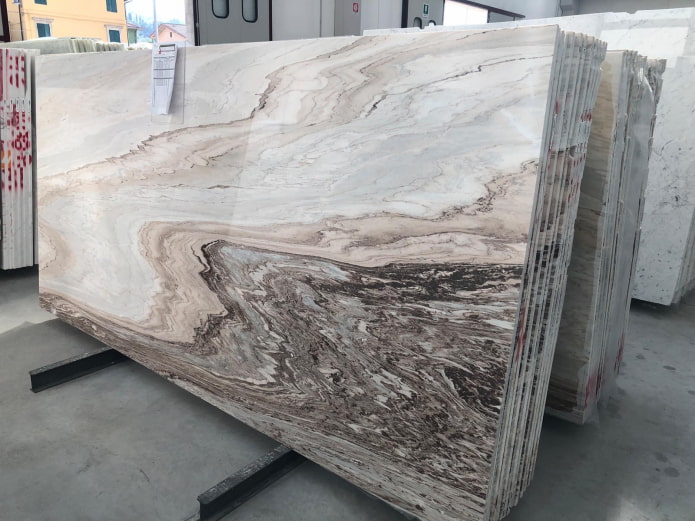
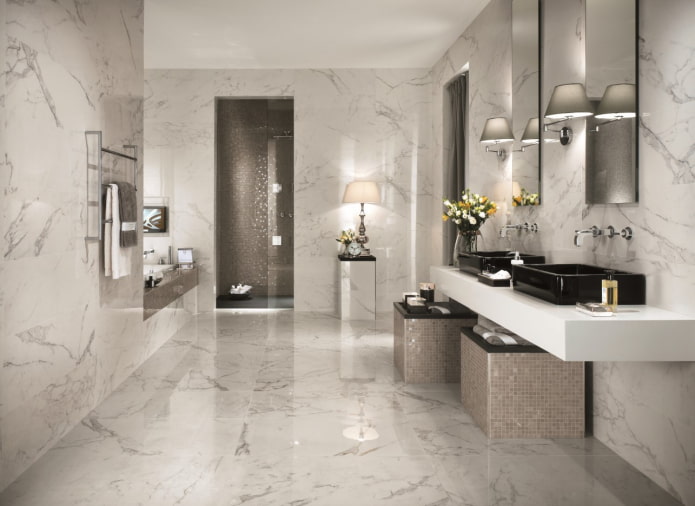
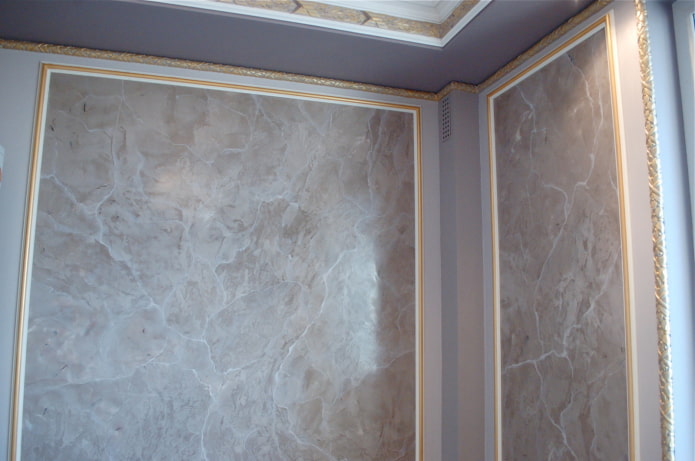
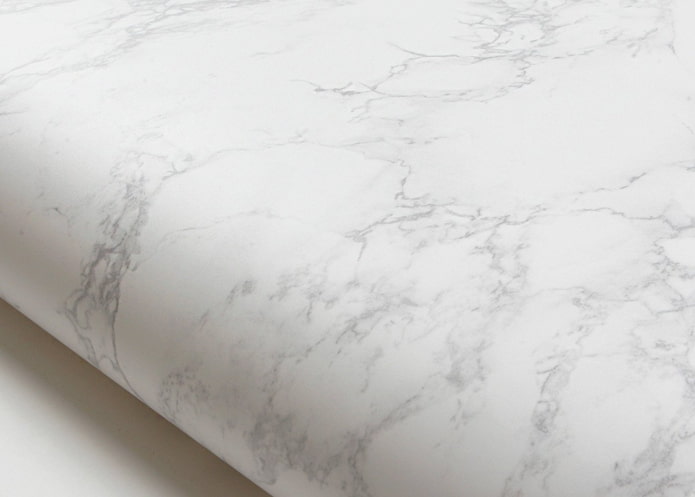
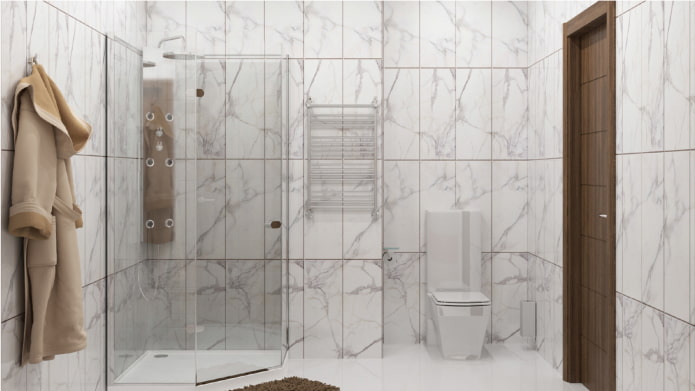
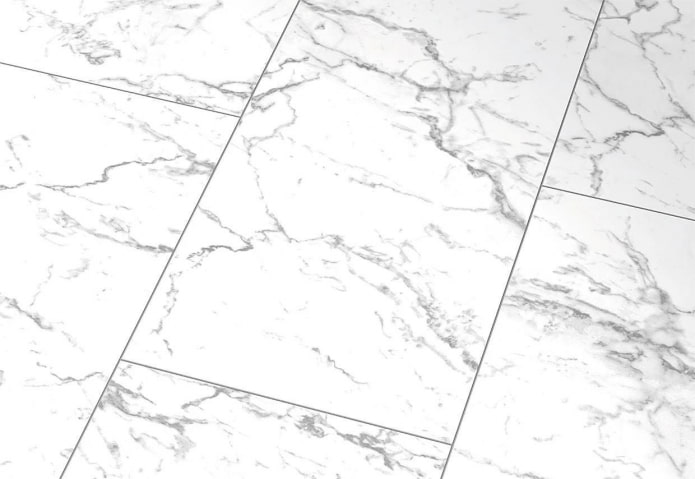
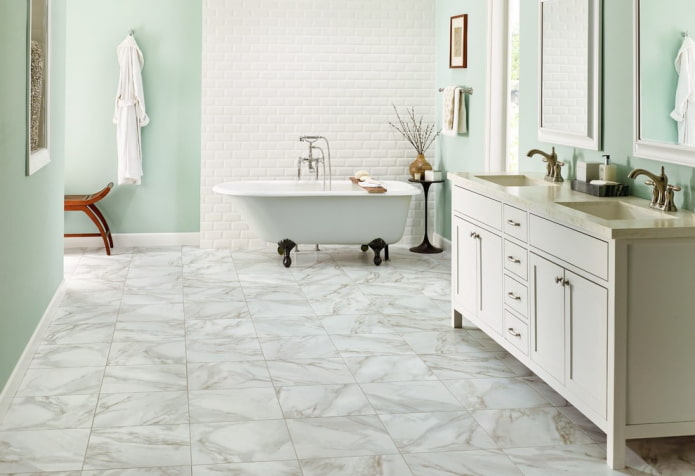


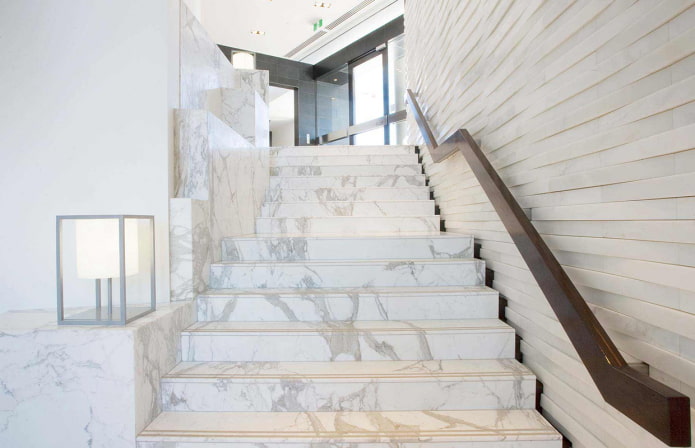
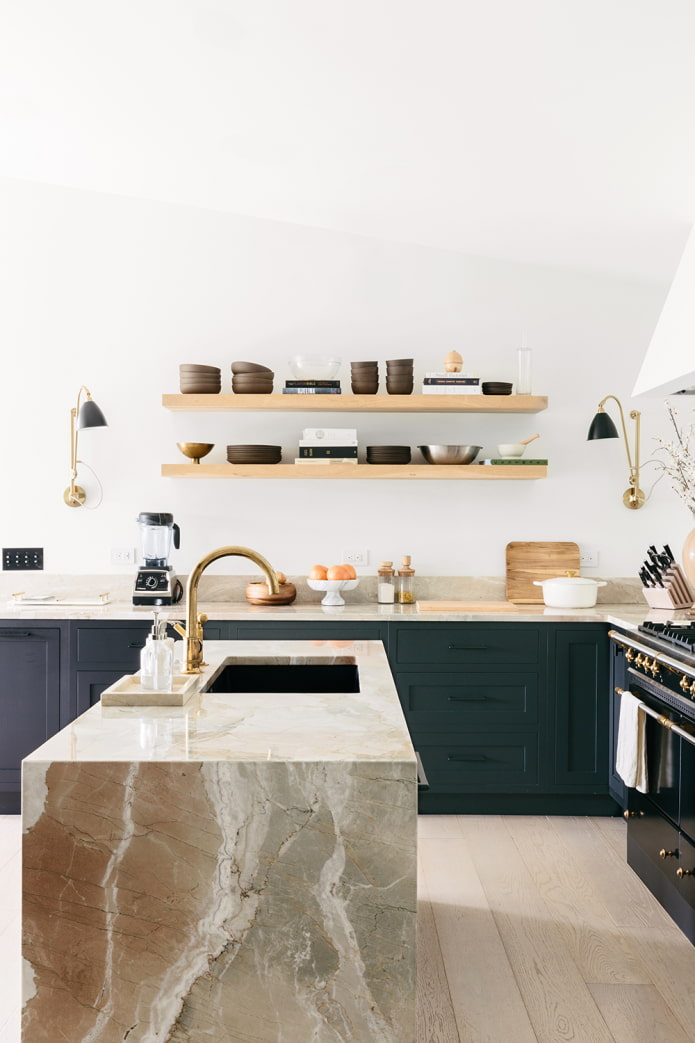
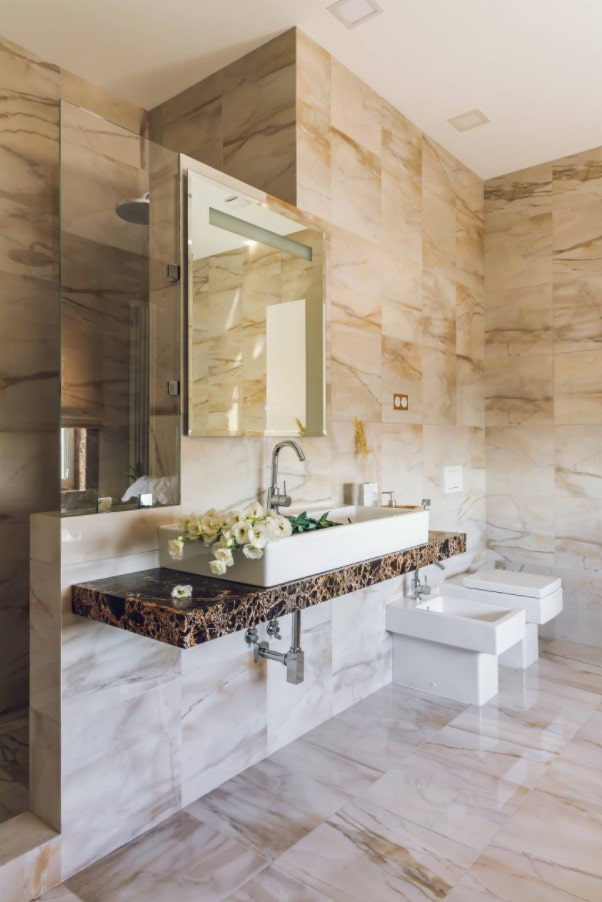
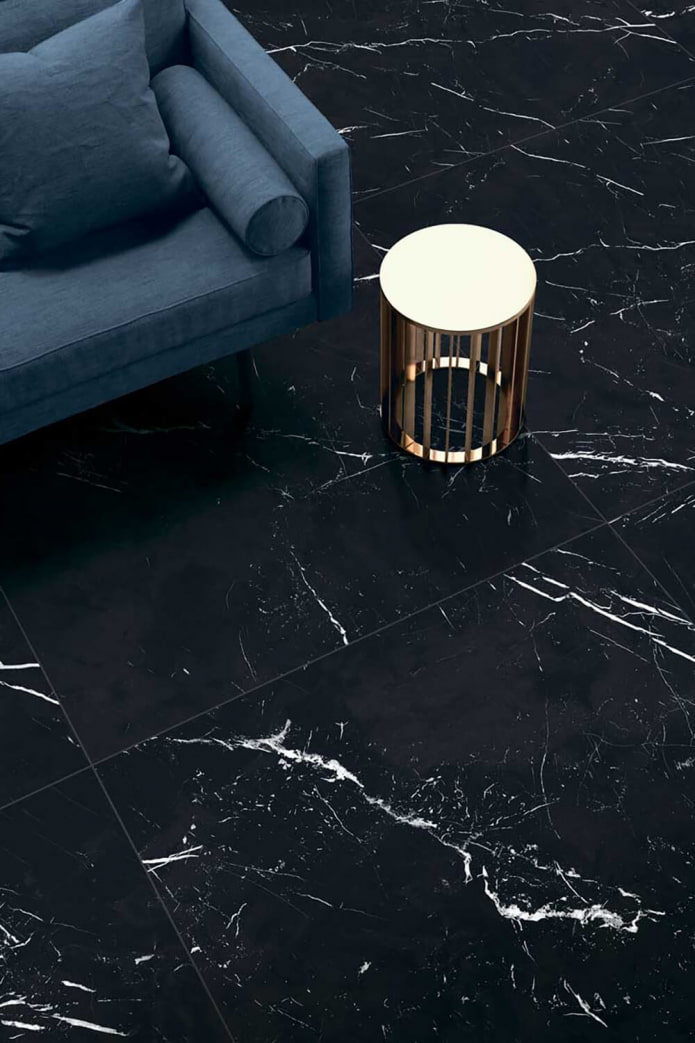



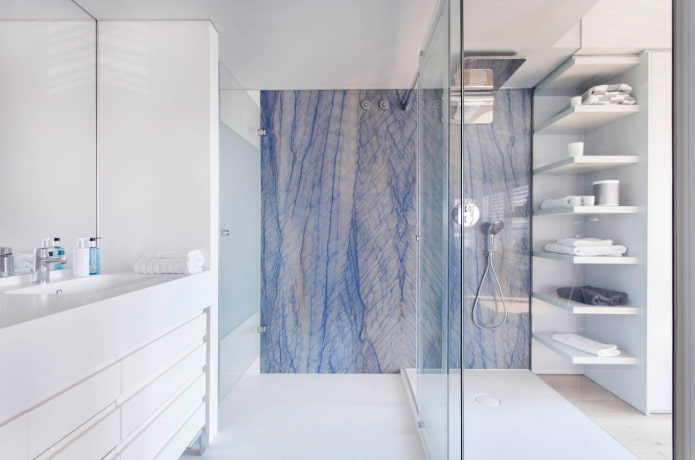

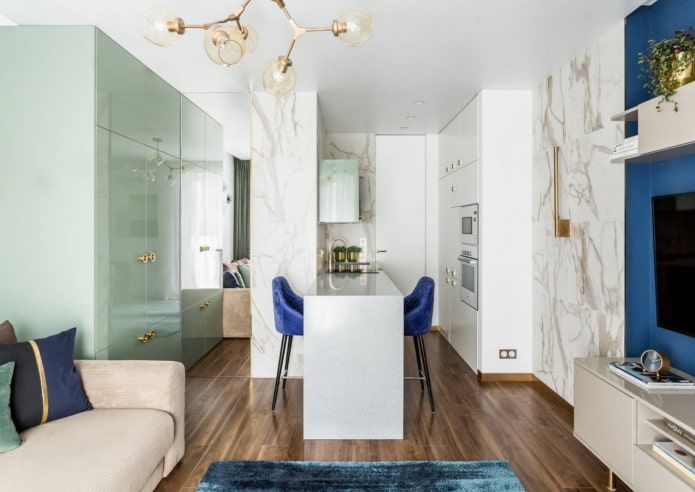
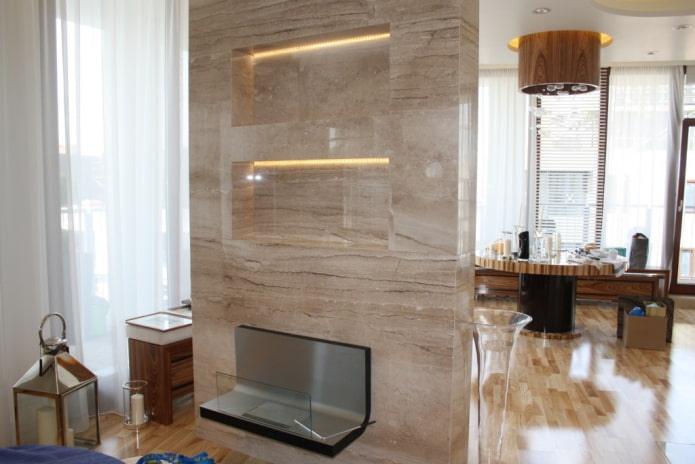
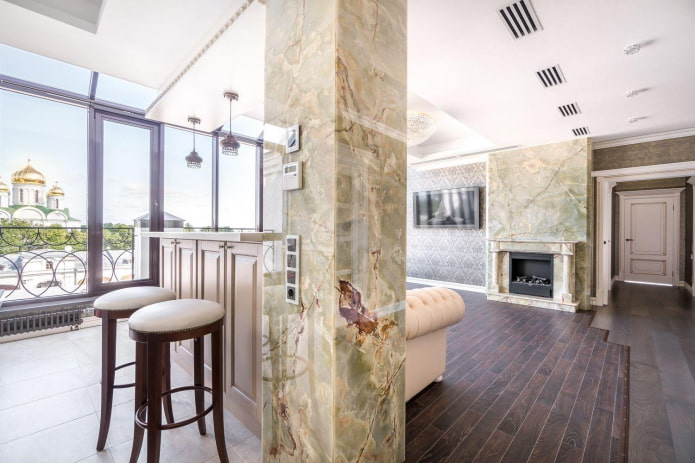
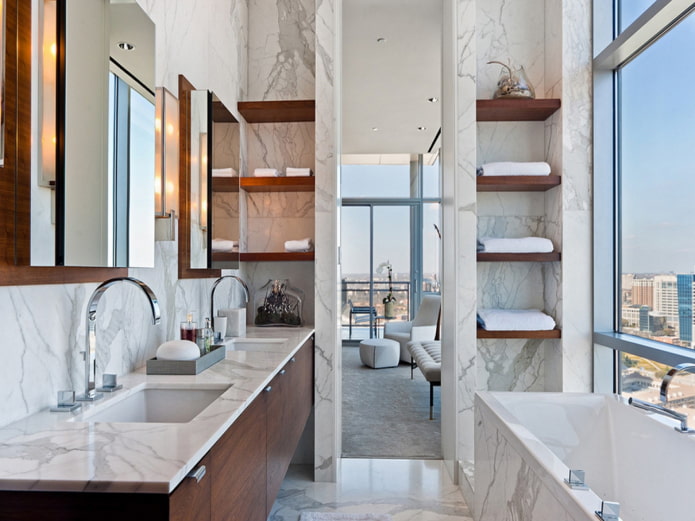
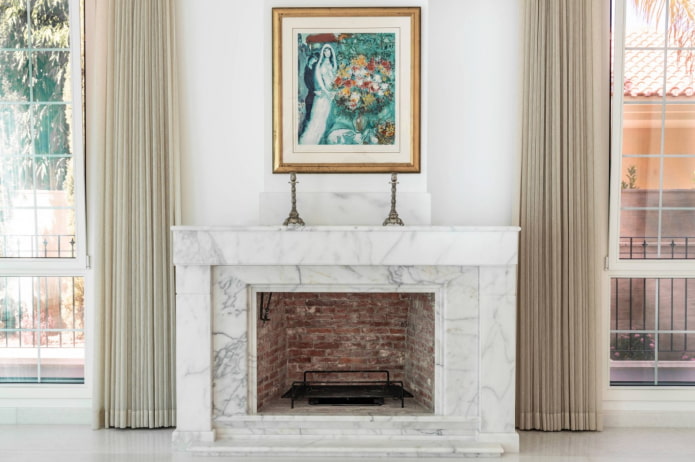
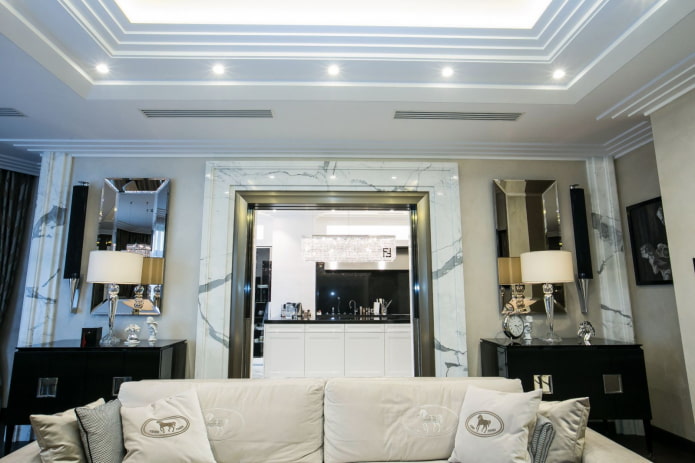
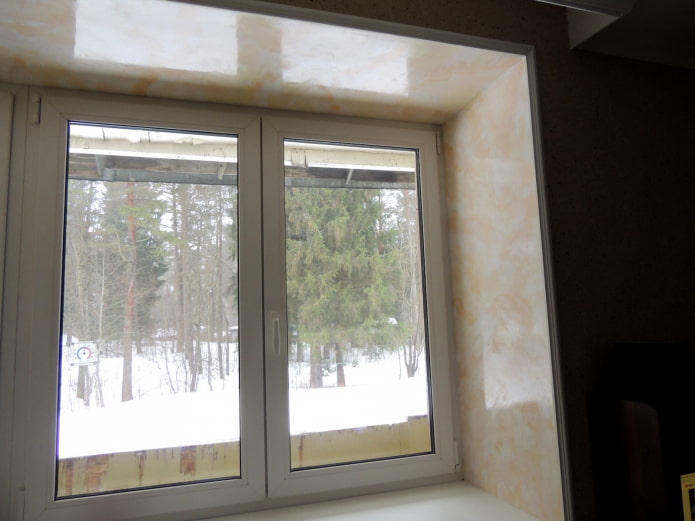
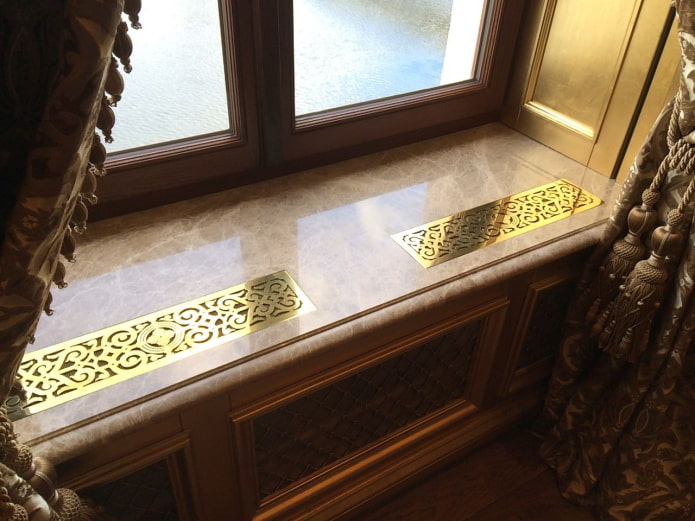
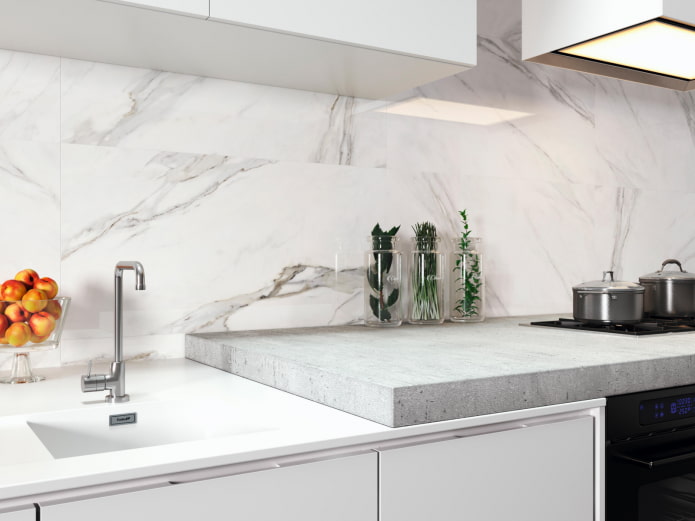
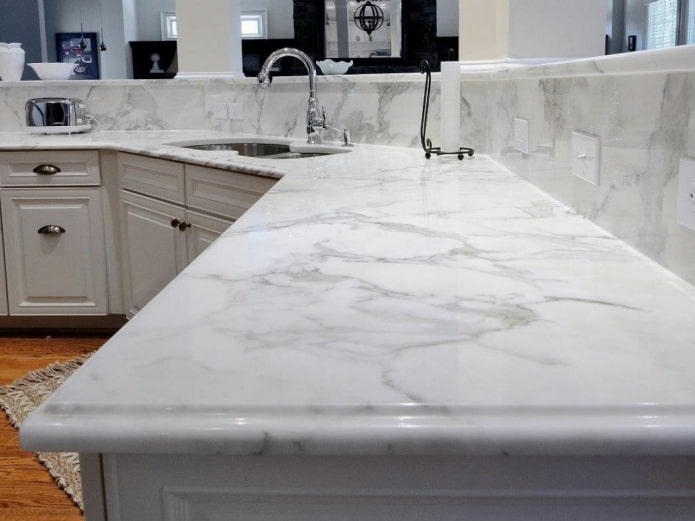
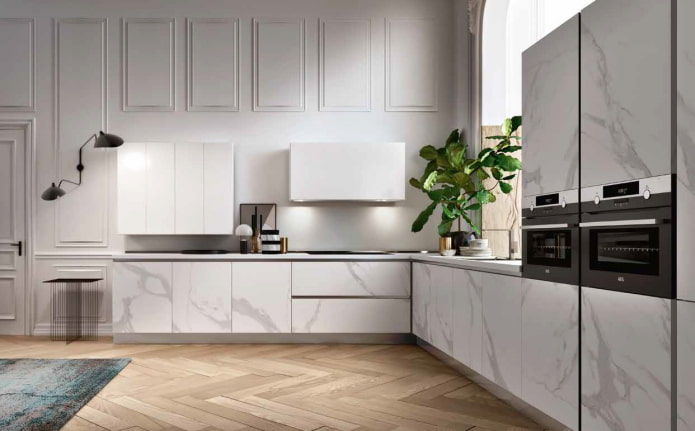
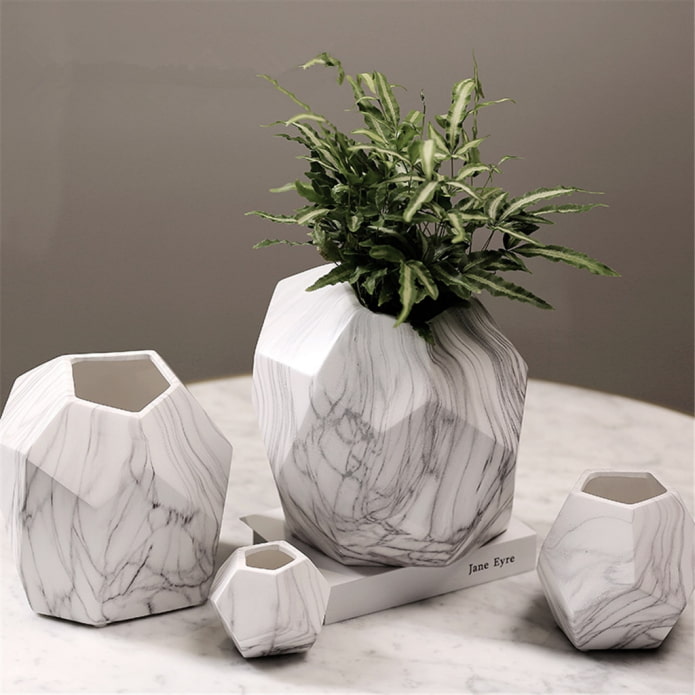
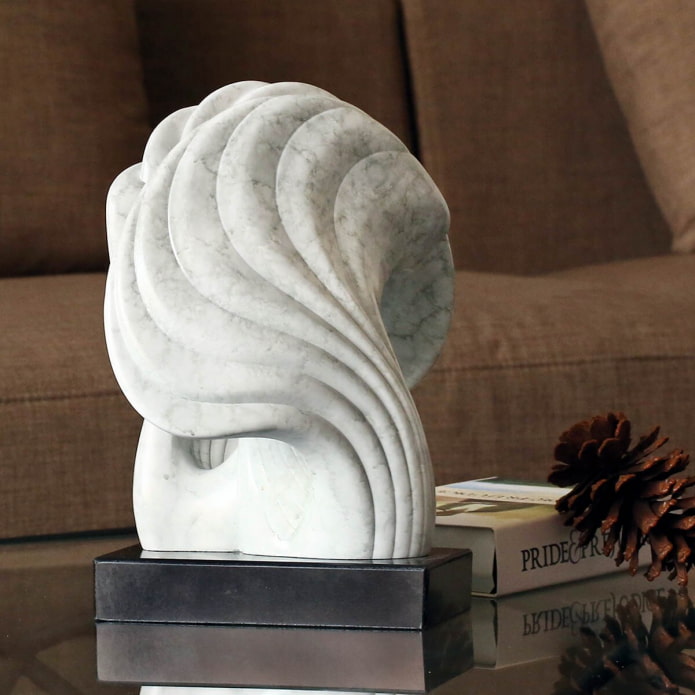
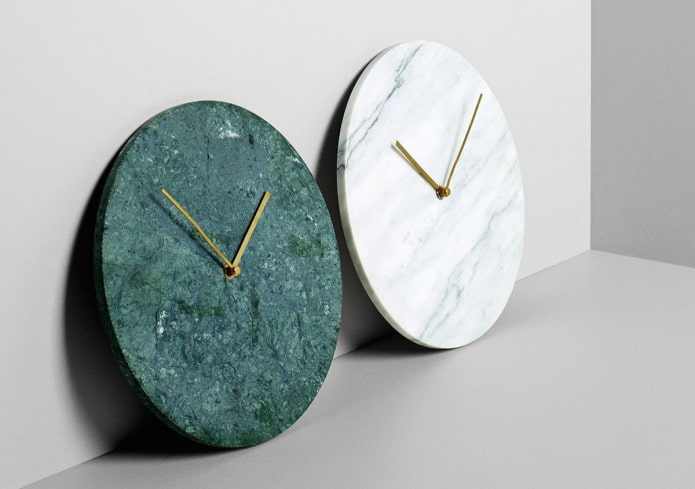
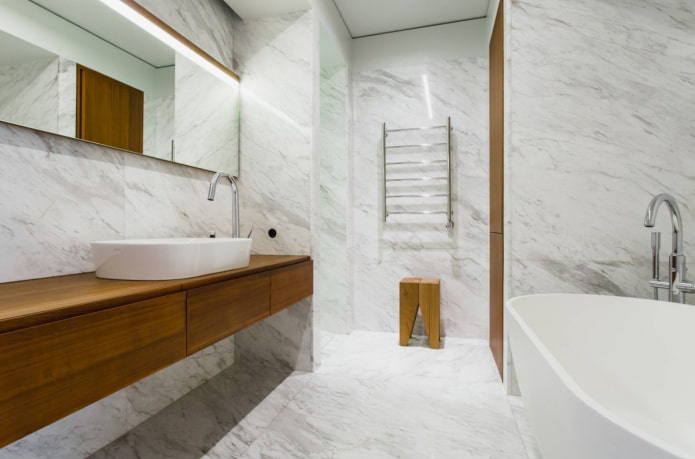
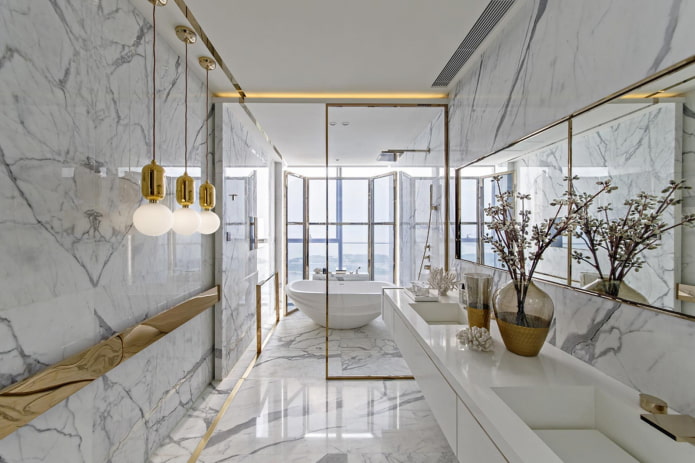

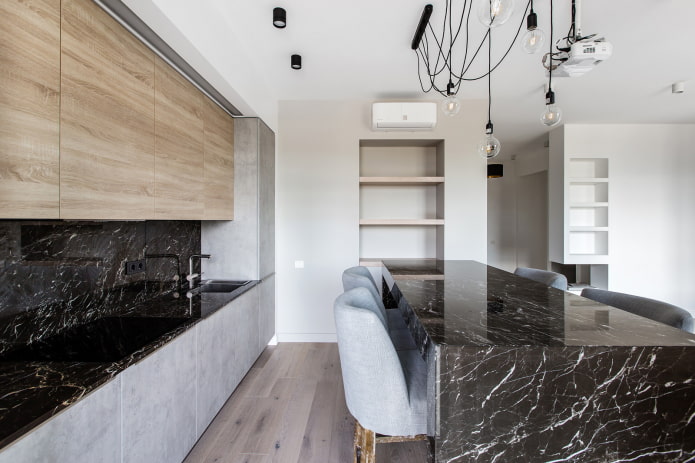
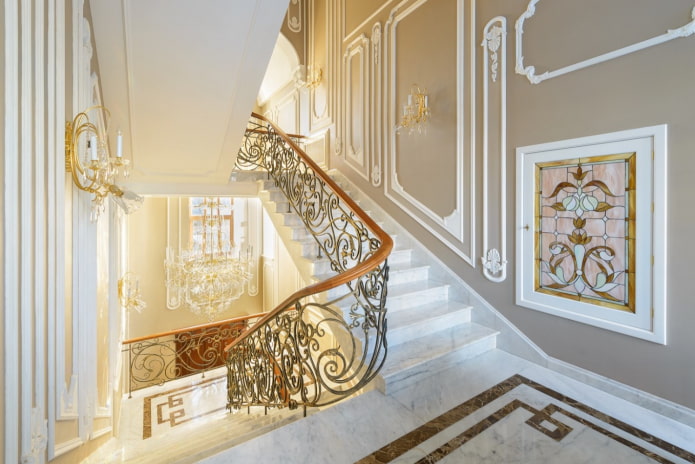
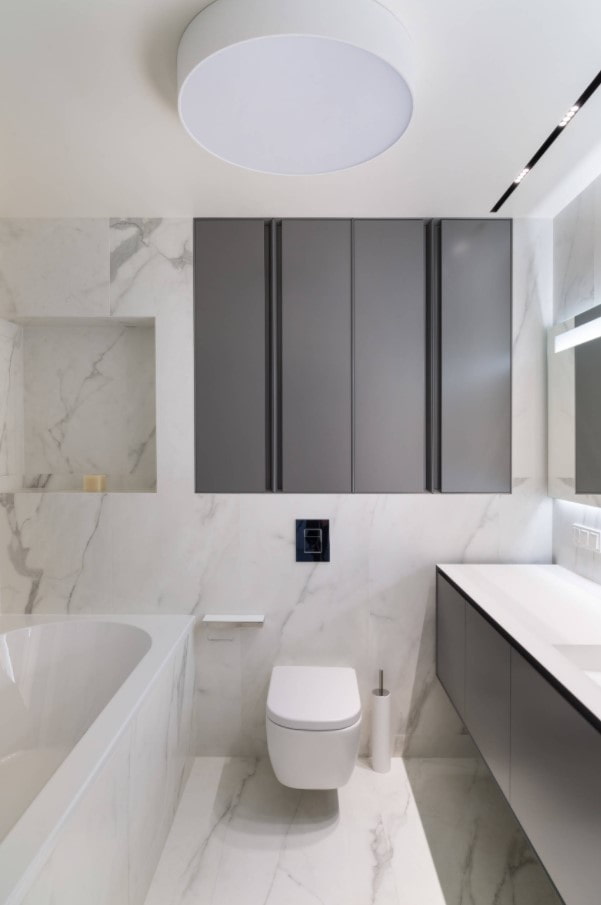
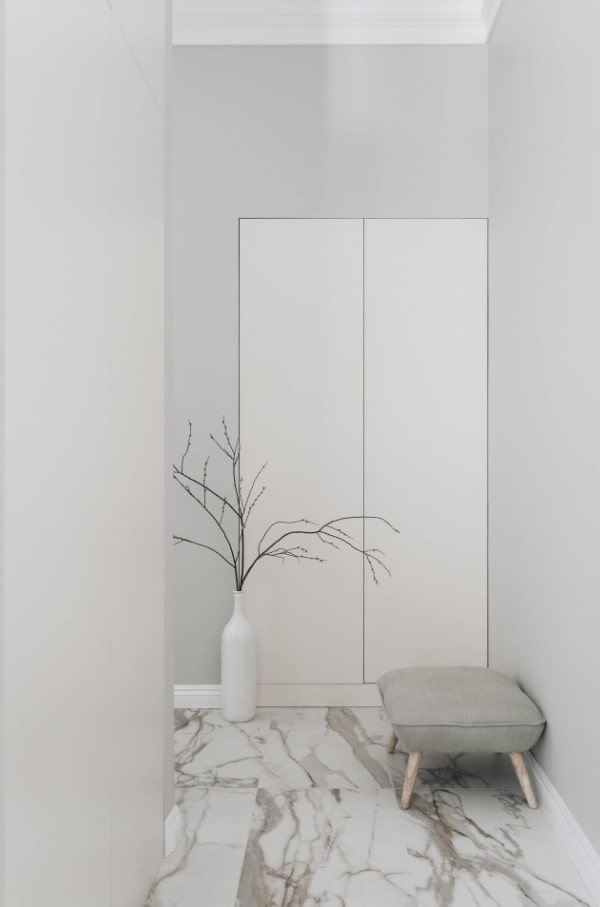

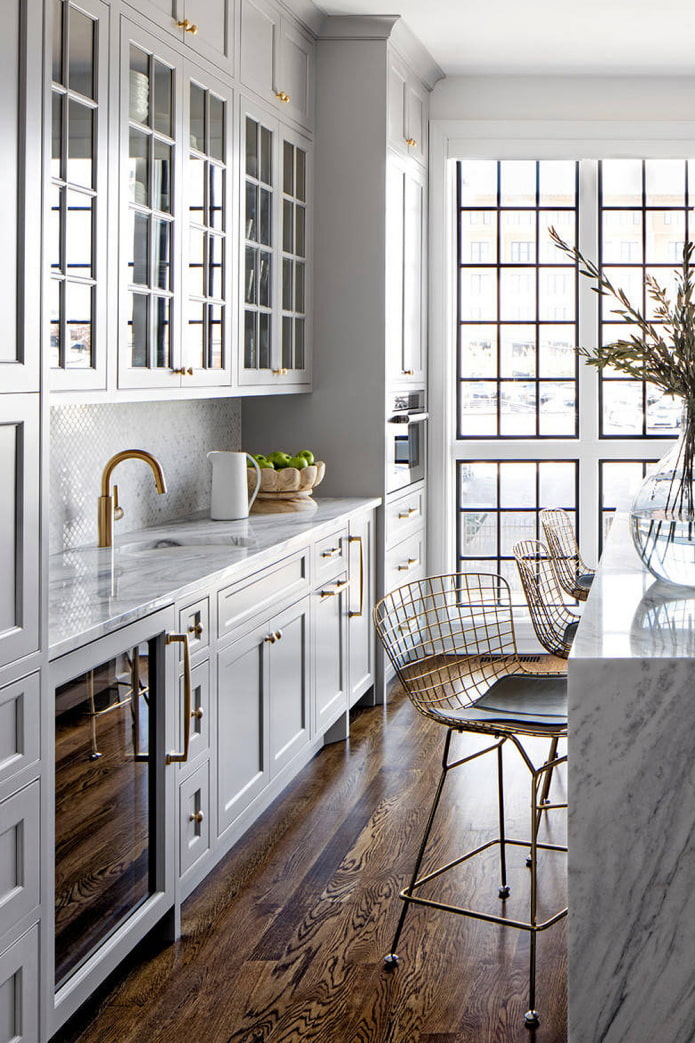
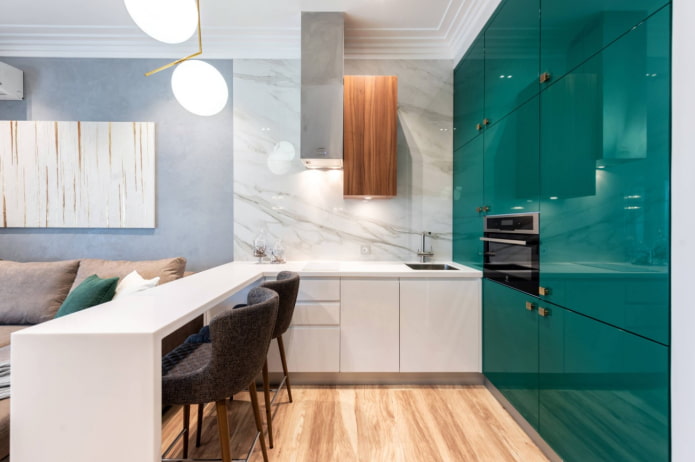
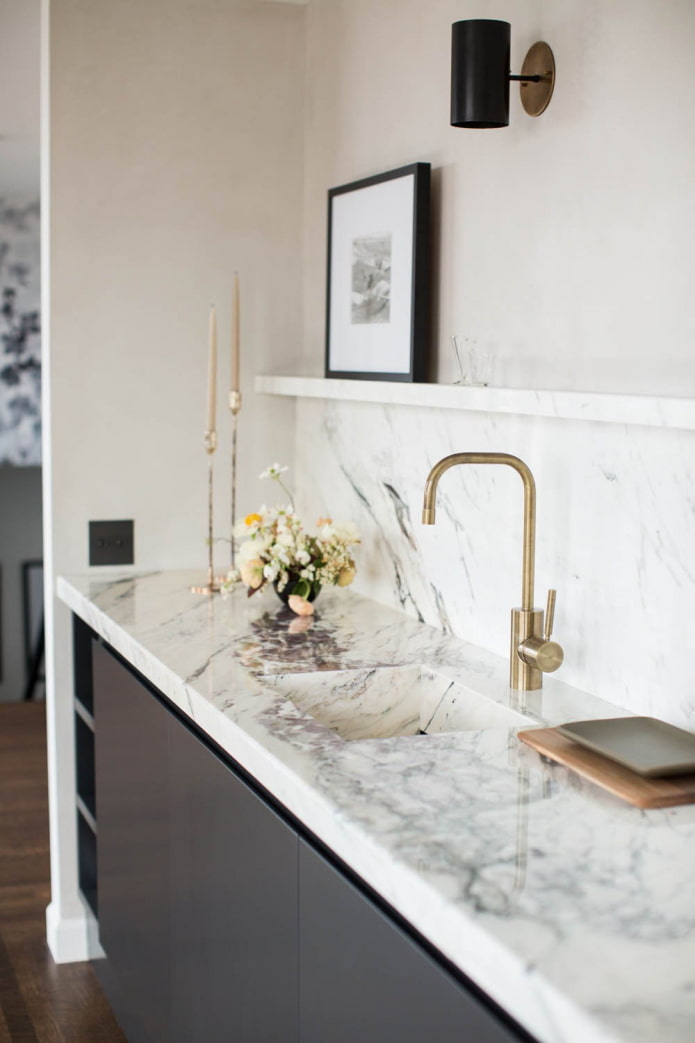
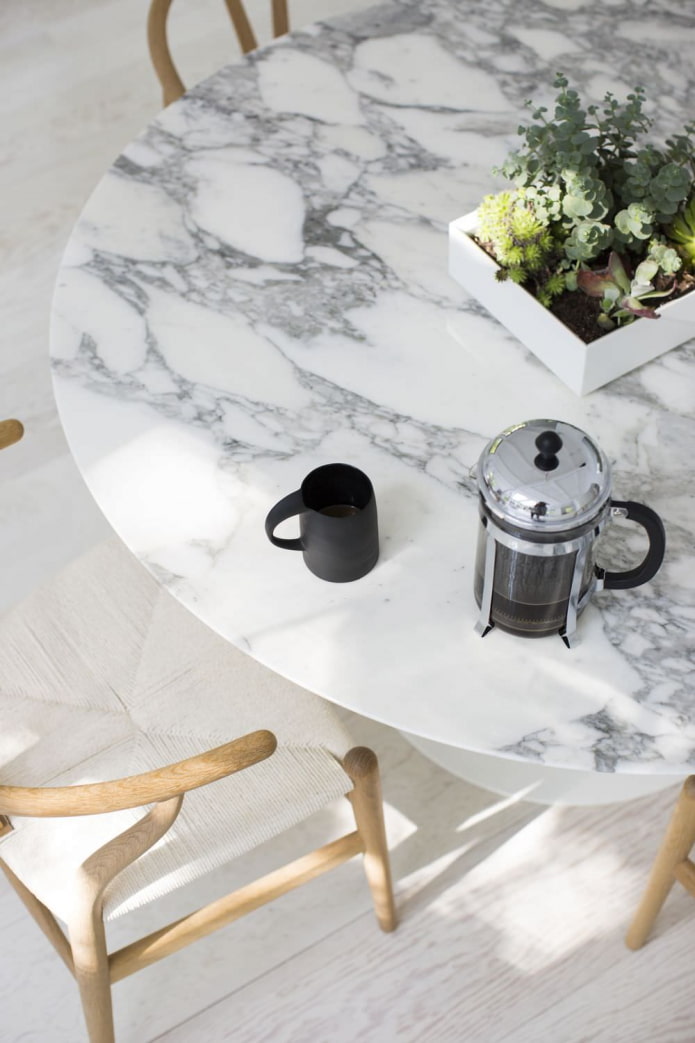
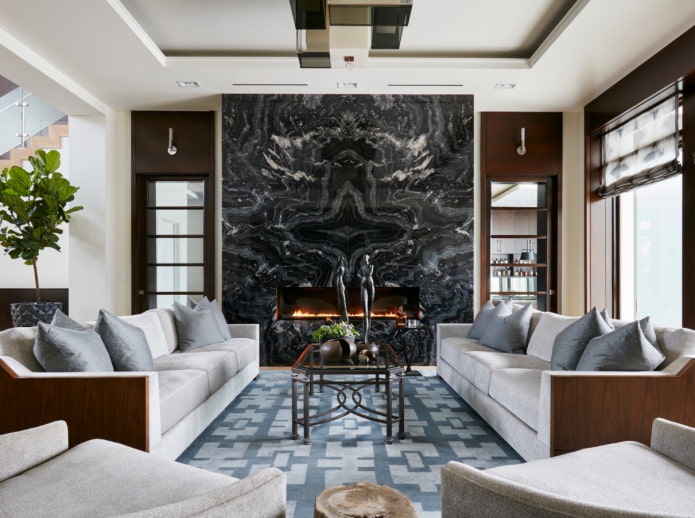
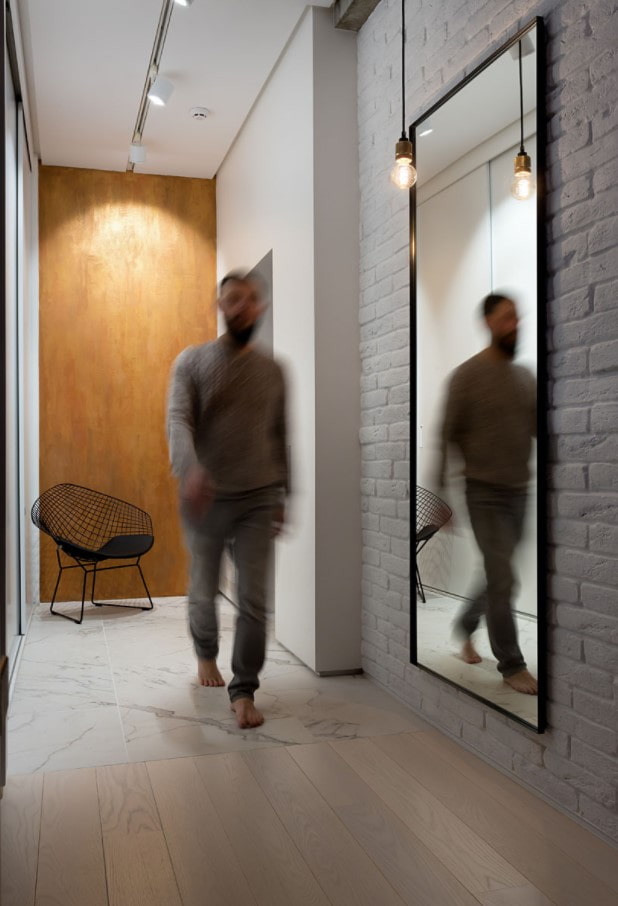
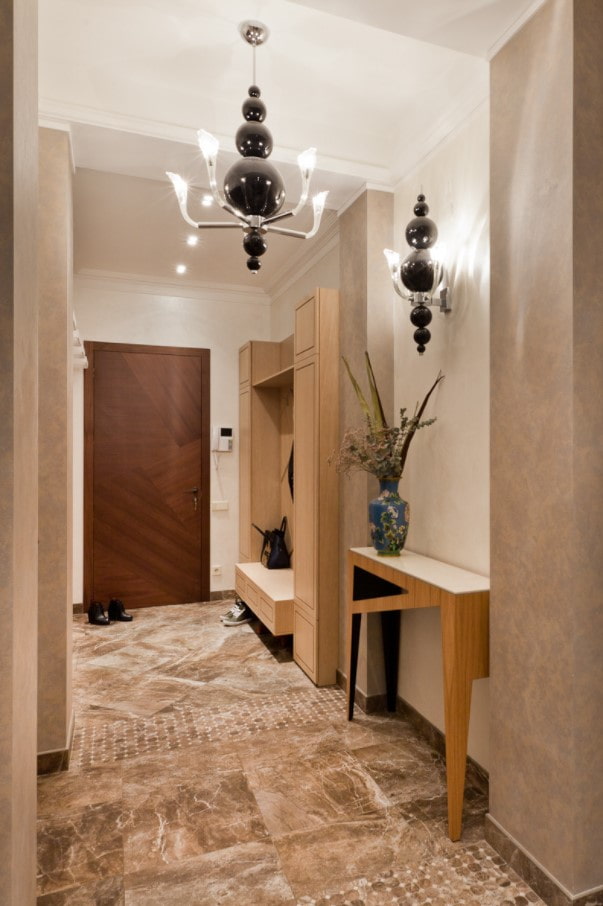

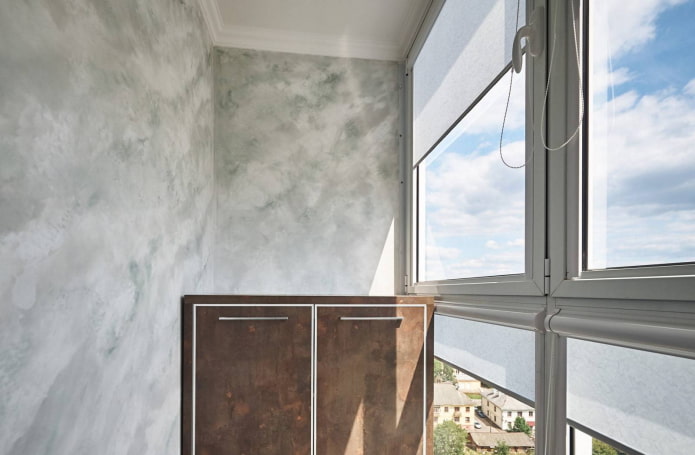
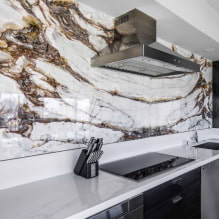
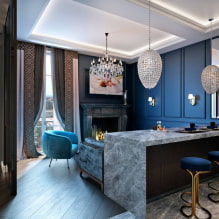
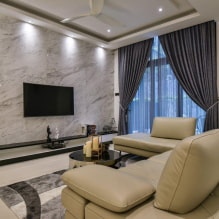
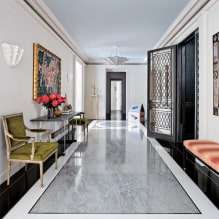
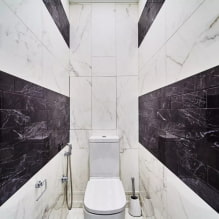
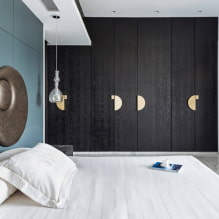
 13 bad habits a good housewife shouldn't have
13 bad habits a good housewife shouldn't have 24/7 home cleanliness - 4 secrets for the perfect housewife
24/7 home cleanliness - 4 secrets for the perfect housewife 6 hotels in Sochi that will give odds to the promoted foreign hotels
6 hotels in Sochi that will give odds to the promoted foreign hotels Top 10 interior design trends 2020
Top 10 interior design trends 2020 Rating of cheap TVs with Smart-TV
Rating of cheap TVs with Smart-TV New Year's LED garlands on AliExpress - we disassemble while it's hot, so that it's bright at home
New Year's LED garlands on AliExpress - we disassemble while it's hot, so that it's bright at home